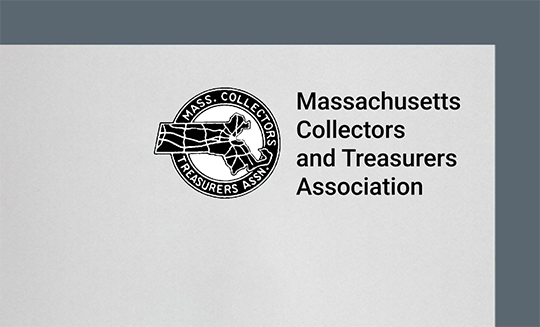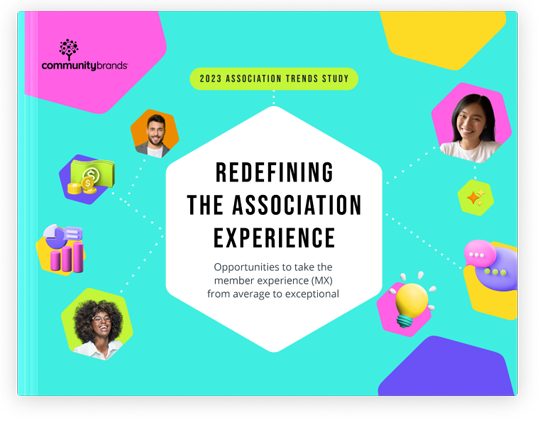 |
By Tirrah Switzer, Product Marketing Manager, Community Brands |
Well, in the famous words of Bob Dylan, “The Times, They Are a Changin’,” and at a much faster pace than they were in 1964 when the song was originally released! We are now operating in a much different environment than we ever were before. And given how much has changed—social distancing, cancelled in-person events and digital communities—it isn’t exactly surprising that it’s a new challenging environment. It’s time for us to adapt for our membership.
At the core of membership is the membership model. Since consumer experiences have been redefined by leading companies such as Amazon, Netflix, and Apple, there has been continuous conversation about membership models. They are the core strategies to sustain the growth of your association, and it is time to start rethinking yours.
Trends Impacting Member Expectations
The way we seen it, there are five trends impacting what your membership is now expecting from your organization, including:
1. Technology: There are no shortages of new technologies being introduced that affect the ways members interact with you, each other, and your organization. Technology is shaping new expectations.
2. Personalization: If I had a nickel for every time Amazon came up in a conference session, I would be sitting on a beach somewhere. Members understand and often give you permission to collect information on them but – whether articulated or not – it’s almost always with the expectation that you do something meaningful with it (just like Amazon).
3. Career Journeys: This isn’t your dad’s workforce anymore, where you were loyal to one employer for decades. Workers are changing careers and employees are prioritizing (and doing) their work in different ways.
4. Workforce Demographics: Perhaps the most obvious is the shift in worker/member demographics and the implications that come with it. For example, every 8 seconds someone turns 65; thousands of members will retire in the next 10 years; Millennials now make up the biggest percentage of the workforce; and here come the Gen Zers, those born starting in the mid-1990s.
Based on these trends, associations are now challenged to rethink their traditional business models and how they can be modified to align with new expectations of consumers. Here are four membership model examples to consider while you build your strategic plan.
Subscription Membership Model
For-profit companies have championed the subscription-based membership model and have grown their revenue substantially. This model translates well for a convenient online user experience
and has proven its sustainability in how adaptable it is to new and emerging technologies.
Subscription Pros
- It’s the “dream” membership
- Generates recurring revenue
- Drives additional purchases
- It’s a familiar model to today’s consumers
Cons
- May not capture full value of your membership
- Members’ habits and preferences are changing daily and this model doesn’t provide you the agility to keep up
Freemium Membership Model
A freemium-membership model brings together “free” and “premium” memberships. This model offers a “free” tier that gives members limited access to certain benefits as a trade-off for not paying. With the premium tier, members have access to more benefits and value, for their paid membership. The freemium model gives your members the opportunity to test drive the value of your organization and eventually invest in the premium membership.
Freemium Pros
- It’s a great story to tell
- It keeps you competitive
- Has a high relevance with younger members
- Can provide exposure for lesser-known benefits
Cons
- Asks members to buy the cow when they can get the milk for free
- Can dilute the value of full membership, if done incorrectly
All-Access Membership Model
An all-access membership option is the “Cadillac” of the subscription-based model, giving members free access to all content, webinars, on-demand courses, and events. The cost of these benefits is baked into the total cost of an all-access membership.
Premium Pros
- Members can investigate the various benefits and build their own personalized experience
- Accelerates opportunity to gain a credential or certification
- Forces membership to internalize your value proposition
Cons
- Flight risk among members once they’re done with education/certification
- Requires advanced content or opportunities to realize value
Benefits
When you adapt your business strategies and technology solutions to appeal to members’ expectations, not only do they benefit, your association wins, as well. The benefits to your organization include:
- An increase in membership growth and retention rates
- An opportunity to focus on more critical initiatives
- A new mindset and infrastructure, which can scale to meet evolving demands
- A strategy to connect with and appeal to younger members
As a membership organization, your association must explore new paths of engagement and connection to stay relevant with your members. It has never been more important or timely for your association to critically assess how associations and membership models are evolving.
Are you ready to adapt your membership model, but not sure where to start? Learn more about what to consider before making a change and the benefits of adapting your membership model to changing times by downloading the “Rethinking Membership Models” e-book. (As a bonus, you’ll learn about two additional membership models not mentioned in this blog.)






